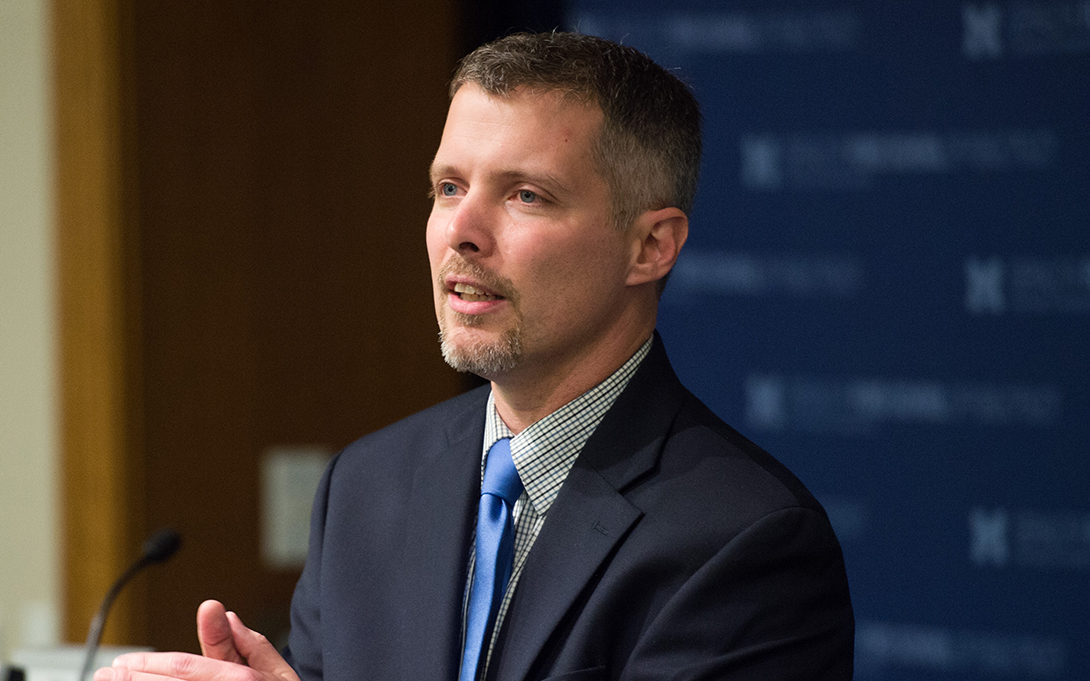
In a recent Atlantic article, “The End of Welfare as We Know It,” author Alana Semuels explores the state of the welfare system today, focusing in on Arkansas in the years following President Bill Clinton’s 1996 reforms.
Semuels argues that the 1996 welfare reform, which set lifetime limits and established work requirements for Temporary Aid to Needy Families (TANF), had little impact other than to reduce the number of people receiving cash benefits.
In Arkansas, for example, the number of welfare recipients has dropped to 9,901 from more than 63,000 in 1995. To make matters worse, the state is consistenty ranked among the poorest in the nation, with nearly one in five living below the poverty line.
“There’s this crazy notion that we retrenched welfare—what we really did was reorient it towards people who are working when they are working, and away from the people who are struggling at the very bottom,” said Luke Shaefer. “The idea that it’s a program that promotes work is a myth.”
According to Rich Huddleston, the executive director of Arkansas Advocates for Children and Families, there aren’t many good jobs in the state for people without education, and the state hasn’t invested in programs to enable college access or training for upwardly-mobile jobs.
Semuels highlights Shaefer’s upcoming research which finds that reduced TANF access in states like Arkansas is associated with greater levels of food insecurity, child homelessness, and foster care placement.
H. Luke Shaefer is an associate professor of social work and public policy. His research focuses on the effectiveness of the United States social safety net in serving low-wage workers and economically disadvantaged families. He is author, with Kathryn Edin, of $2.00 a Day: Living on Almost Nothing in America.
--Story by Afton Branche (MPP '17)